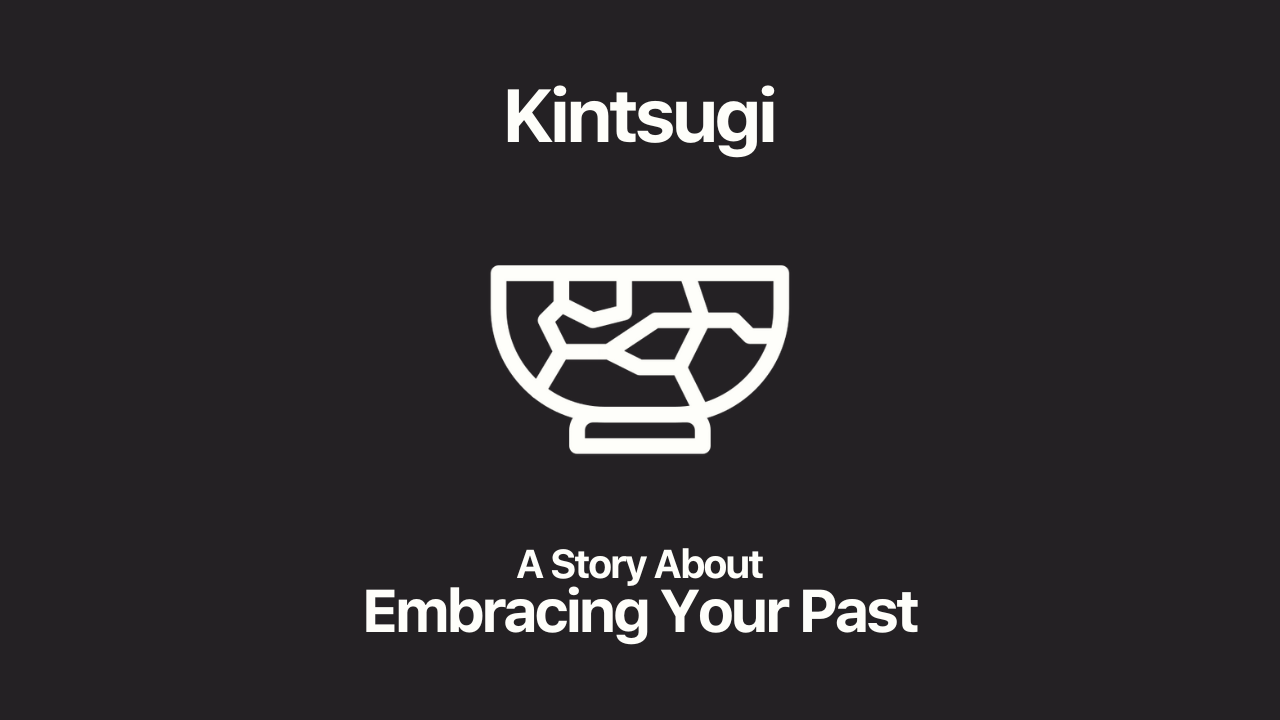The Japanese Art of Embracing Your Past

For over 400 years, people in Japan have practiced a unique art form called "Kintsugi". When a piece of pottery breaks, the kintsugi artist carefully collects the broken pieces, breaks off the cracks, cleans them in boiling water, and smoothens the sharp edges. To put it back together, they use the precious sap of the urushi tree.
The urushi tree needs at least 12 years to mature before it can be harvested for its sap, demanding continuous protection from wild animals and pests in the area. When the tree is ready for harvest, the sap is collected within a four-month season with each tree producing enough sap to paint only ten small rice bowls. After the sap has been harvested, the tree is then cut down to begin its growth cycle again.
Even though it's difficult to grow, the kintsugi artist uses this sap as a natural glue to carefully put the pieces back together one by one in their original place, returning the pot back to its original shape. However, after it is pieced together, the artist dusts the sap with gold, silver, or platinum to accentuate the cracks repaired during the restoration, giving the pot a new finish that acknowledges its broken past.
Kitsugi is about embracing imperfections. It doesn't try to hide the cracks in the broken pieces of pottery because it doesn't see them as flaws. Instead, it embraces them as a valuable part of the object's history and seeks to highlight them for the world to see.
The art of kintsugi is about learning to see the beauty in what's broken. If you saw a few of these pieces, it wouldn't take you very long to notice, even when the cracks are dusted with precious metals, the real beauty of the restored pieces doesn't come from the shine of the metals, but from the unique breaks of each piece.
Similarly, authenticity is not about hiding our past troubles, but celebrating our story for who it allows us to be. It's learning to see the broken parts of ourselves as the very things that make us beautiful in our own way. Where you feel most broken is where the light within you finds its opportunity to shine.

